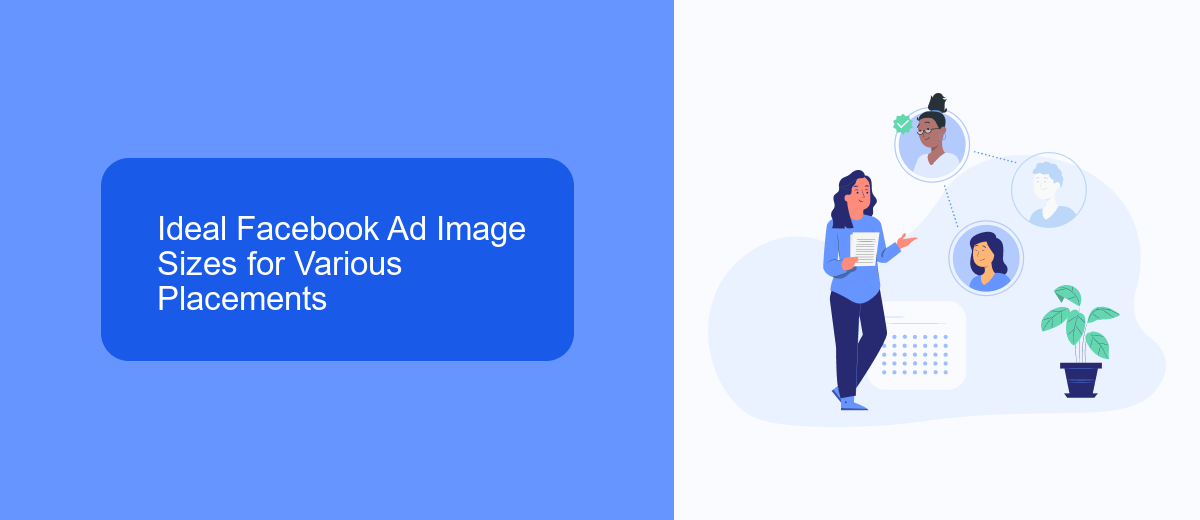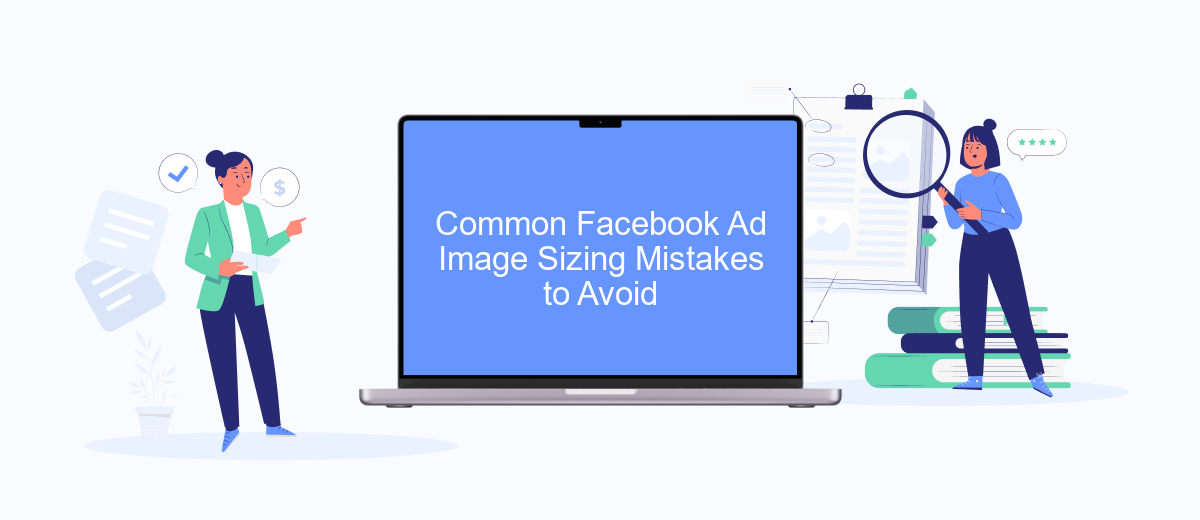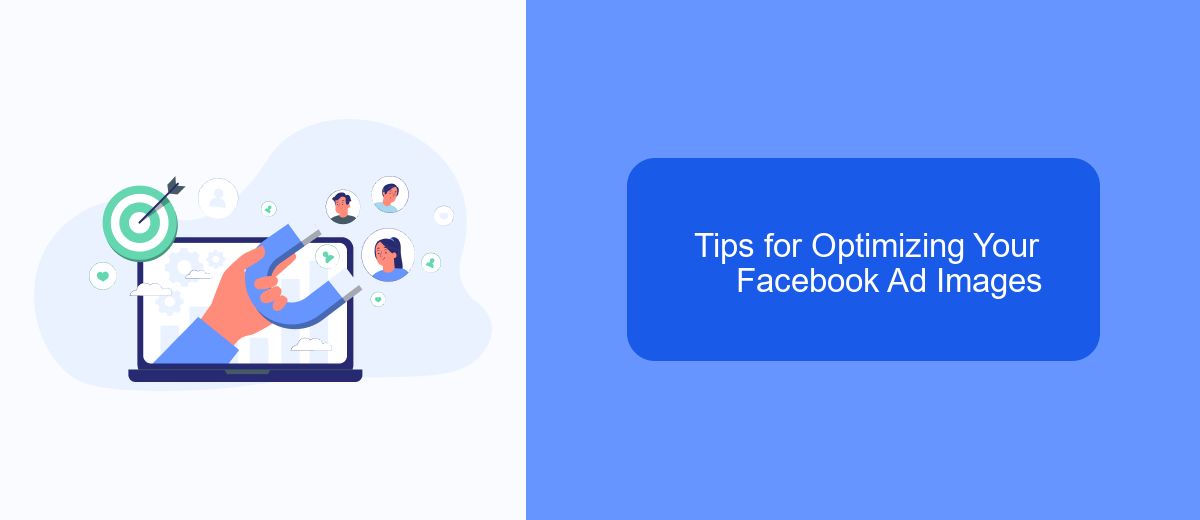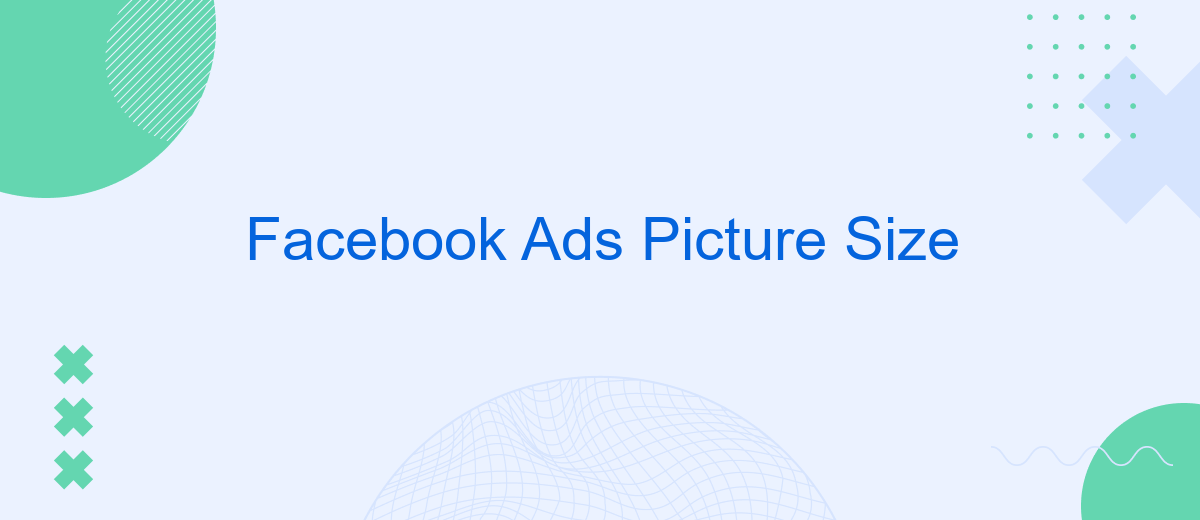In the ever-evolving world of digital marketing, Facebook remains a dominant platform for businesses to reach their target audience. One crucial aspect of creating effective Facebook ads is choosing the right picture size. This not only ensures your ad looks professional but also maximizes engagement and visibility. In this article, we'll explore the optimal Facebook ads picture sizes and how they can impact your campaign's success.
Understanding Facebook Ad Image Sizes and Their Importance
When creating Facebook ads, understanding the correct image sizes is crucial for optimizing your campaign's performance. The right image size ensures that your ad looks professional, is visually appealing, and effectively captures the attention of your target audience. Incorrectly sized images can lead to pixelation, cropping issues, and a negative impact on your ad's effectiveness.
- Feed Image: Recommended size is 1080 x 1080 pixels for square images.
- Carousel Ads: Use 1080 x 1080 pixels for each image in the carousel.
- Stories: Ideal size is 1080 x 1920 pixels to fill the full screen.
- Video Thumbnails: Should be 1200 x 675 pixels for optimal display.
- Right Column Ads: Use 1200 x 1200 pixels for square images.
Adhering to the recommended image sizes not only enhances the visual quality of your ads but also ensures compliance with Facebook's guidelines. This compliance is essential for maximizing ad reach and engagement. By selecting the correct image dimensions, you can create ads that are both impactful and efficient, leading to better conversion rates and a higher return on investment.
Ideal Facebook Ad Image Sizes for Various Placements

When creating Facebook ads, selecting the right image size for different placements is crucial to ensure your content appears professional and engaging. For the Facebook Feed, the recommended image size is 1200 x 628 pixels, maintaining an aspect ratio of 1.91:1. This ensures your ad looks crisp and clear on both desktop and mobile devices. For Facebook Stories, a full-screen vertical image of 1080 x 1920 pixels is ideal, allowing your ad to utilize the entire screen space effectively.
For the Facebook Right Column, a smaller image size of 1200 x 1200 pixels with a 1:1 aspect ratio is recommended. This placement is perfect for desktop users and requires a concise, eye-catching design. If you're using Facebook Marketplace, opt for an image size of 1200 x 1200 pixels as well. To streamline your ad creation process and manage integrations efficiently, consider using services like SaveMyLeads. This tool can automate data transfers, saving you time and allowing you to focus on crafting the perfect ad visuals for each placement.
Common Facebook Ad Image Sizing Mistakes to Avoid

When creating Facebook ads, ensuring the correct image size is crucial for maintaining a professional appearance and maximizing engagement. Mistakes in image sizing can lead to distorted visuals, reduced audience interaction, and a negative impact on your brand's image. To make the most of your advertising efforts, avoid these common pitfalls.
- Using images that are too small, leading to pixelation and poor quality display.
- Ignoring Facebook's recommended aspect ratios, resulting in cropped or distorted images.
- Failing to optimize for mobile, causing images to appear incorrectly on smaller screens.
- Overloading images with text, which can lead to reduced reach due to Facebook's text-to-image ratio rule.
- Not testing images across different devices and resolutions, potentially missing out on optimal presentation.
By being mindful of these common mistakes, you can enhance the effectiveness of your Facebook ads. Properly sized and formatted images not only attract more attention but also convey your message more clearly, leading to better engagement and conversion rates. Always adhere to Facebook's guidelines and regularly review your ad performance to ensure ongoing success.
Tips for Optimizing Your Facebook Ad Images

When creating Facebook ads, the right image can make all the difference. It's not just about choosing a visually appealing picture; it's also about ensuring it meets Facebook's specifications and resonates with your target audience. High-quality images that are well-optimized can significantly enhance the effectiveness of your ads.
Start by selecting images that are relevant to your product or service and align with your brand's identity. The image should capture attention quickly, as users scroll through their feeds rapidly. Additionally, consider the emotions you want to evoke with your imagery, as this can influence engagement and conversion rates.
- Use the recommended image size of 1200 x 628 pixels for optimal display.
- Ensure your images are in JPEG or PNG format for best quality.
- Keep text on images to a minimum, ideally less than 20% of the image area.
- Test different images to see which ones perform best with your audience.
By focusing on these optimization strategies, you can create compelling Facebook ads that not only capture attention but also drive results. Continuously monitor your ad performance and make adjustments as needed to maintain effectiveness and engagement.
Tools and Resources for Creating Effective Facebook Ad Images
Creating effective Facebook ad images requires the right tools and resources to ensure your visuals capture attention and convey your message clearly. Graphic design tools such as Canva and Adobe Spark offer user-friendly interfaces with customizable templates tailored for Facebook ad specifications. These platforms enable you to create professional-quality images with the correct dimensions, ensuring your ads look polished and fit seamlessly into the Facebook feed. Additionally, tools like Unsplash and Pexels provide access to high-quality, royalty-free images that can enhance your ad's visual appeal without breaking the bank.
For businesses looking to streamline their ad creation process, integrating automation tools like SaveMyLeads can be beneficial. SaveMyLeads offers seamless integration with Facebook Ads, allowing you to automate lead processing and improve efficiency. By connecting your Facebook Ads account with other services, you can ensure that your ad campaigns are not only visually effective but also operationally efficient. Utilizing these resources can help you craft compelling ad images that drive engagement and achieve your marketing goals.
FAQ
What is the recommended image size for Facebook Ads?
Can I use different image sizes for different ad placements on Facebook?
Why is my Facebook ad image cropped or distorted?
How can I automate the process of resizing images for Facebook Ads?
What file formats are supported for Facebook Ad images?
Personalized responses to new clients from Facebook/Instagram. Receiving data on new orders in real time. Prompt delivery of information to all employees who are involved in lead processing. All this can be done automatically. With the SaveMyLeads service, you will be able to easily create integrations for Facebook Lead Ads and implement automation. Set up the integration once and let it do the chores every day.
